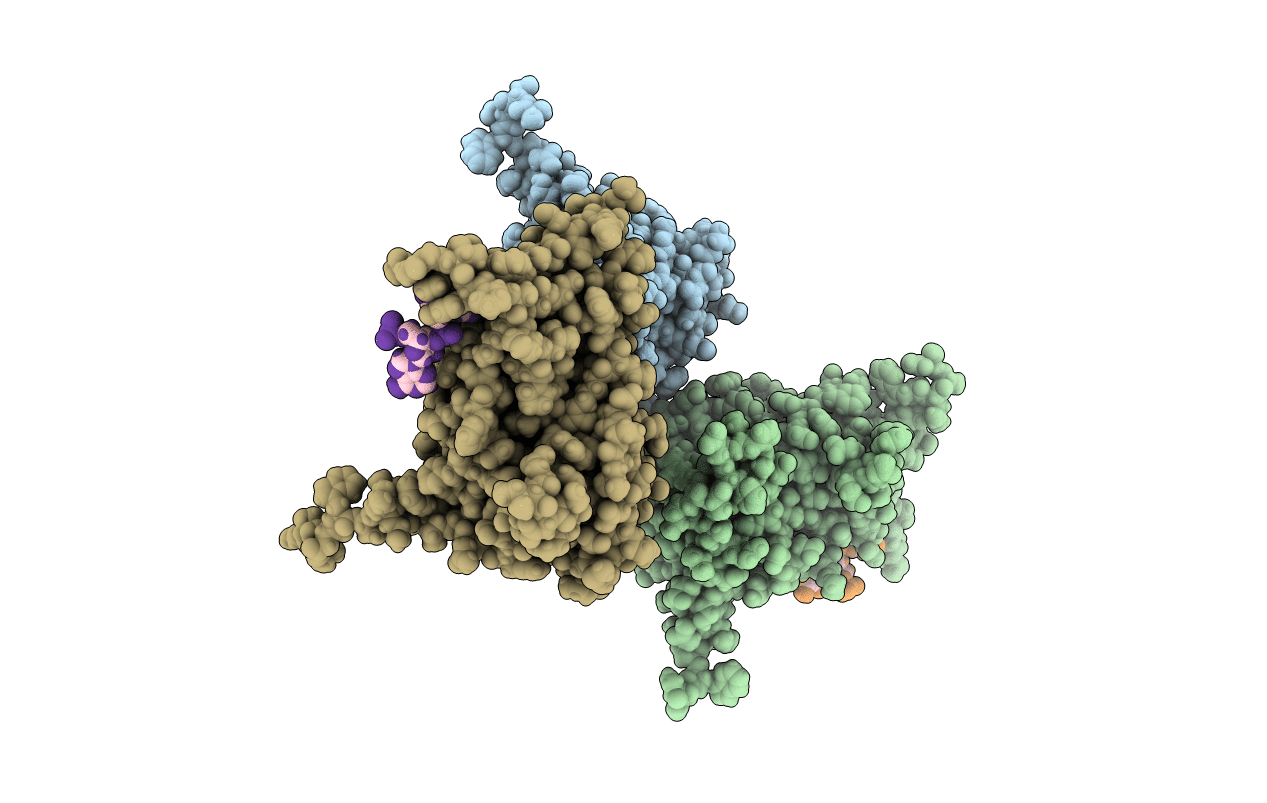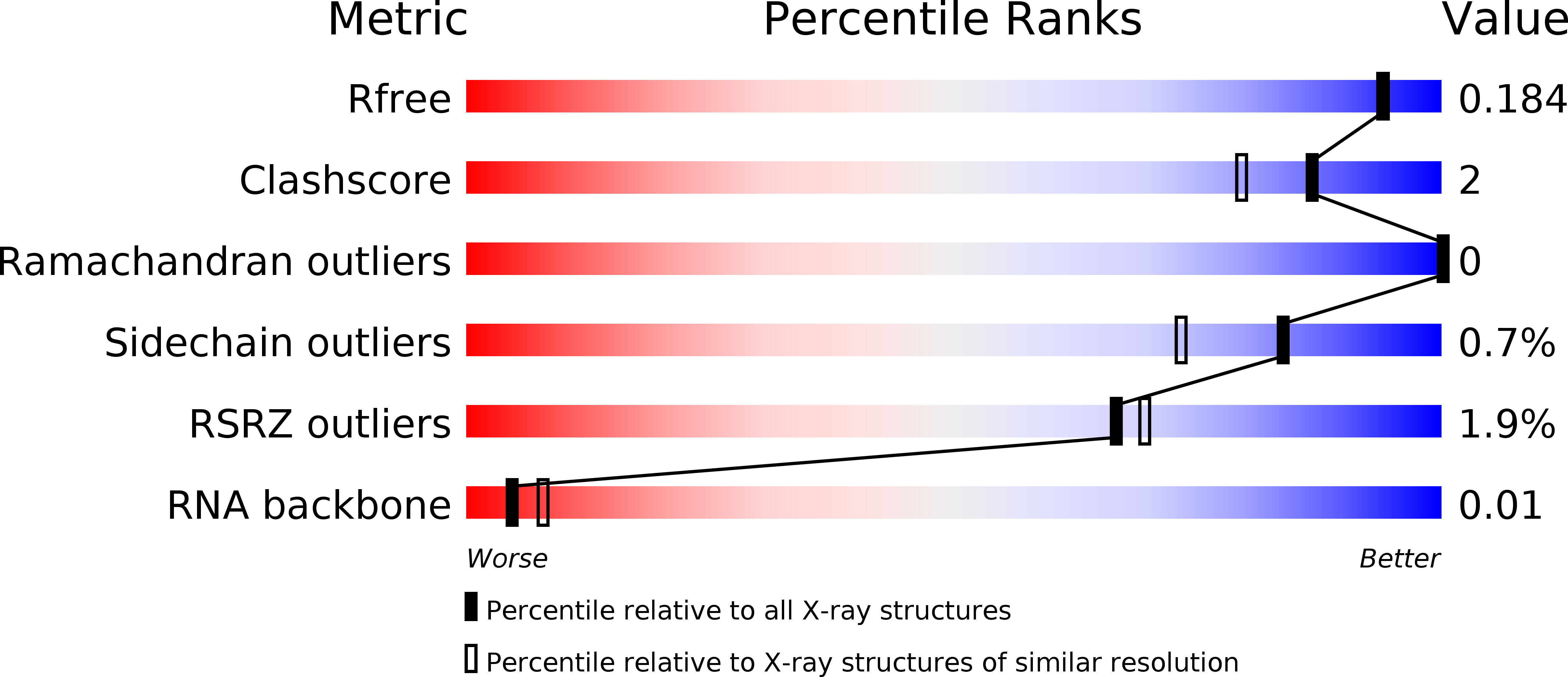
Deposition Date
2019-06-06
Release Date
2019-12-25
Last Version Date
2023-10-11
Entry Detail
PDB ID:
6P7Q
Keywords:
Title:
Structure of E. coli MS115-1 NucC, 5'-pApA bound form
Biological Source:
Source Organism:
Escherichia coli MS 115-1 (Taxon ID: 749537)
Host Organism:
Method Details:
Experimental Method:
Resolution:
1.66 Å
R-Value Free:
0.18
R-Value Work:
0.15
R-Value Observed:
0.16
Space Group:
H 3 2


